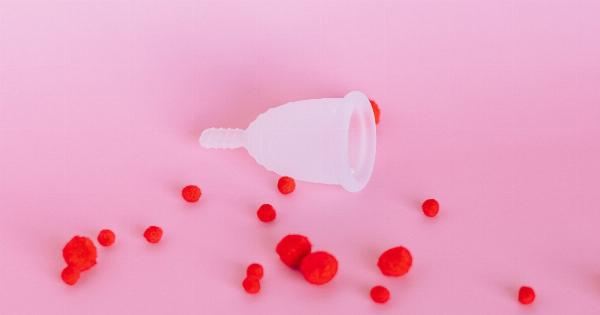Sperm survival is essential for fertilization and successful reproduction to occur. The length of time that sperm is viable in the female reproductive tract plays a crucial role, as it determines when fertilization can occur.
A few factors can affect the survival of sperm in the reproductive tract of females.
Factors Affecting Sperm Survival
Several factors can affect the survival of sperm in the female reproductive tract. These factors determine the lifespan of the sperm and how long it can survive and remain viable to fertilize an egg. Here are some of the factors:.
1. Type of Vagina Fluid
The type of fluid present in the female reproductive tract can have a significant effect on the survival of sperm. The acid-base balance in vaginal secretions plays a critical role in the survivability of sperm.
A large proportion of women have acidic vaginal secretions. This acidic environment can significantly hamper sperm viability, lowering the lifespan of the sperm and decreasing the chances of fertilization.
2. Hormonal Levels
The hormonal levels of the female can also play a role in the survival of sperm in the reproductive tract. Hormones regulate the thickness and consistency of cervical mucus.
High levels of estrogen secretion make the mucus thinner and easier for sperm to navigate through, increasing the chances of fertilization. In contrast, high levels of progesterones secretion make the mucus thicker and increase the sperm’s chances of dying before getting to the egg.
3. Sperm Count
The number of sperm present in the female reproductive tract can also determine the rate of survival of the sperm. The survival rate of sperm increases with their number.
However, a large number of sperm does not guarantee a higher fertilization rate, as only one sperm can fertilize an egg. The survival timeframe of sperm can also be affected by the amount of seminal fluid present during ejaculation.
4. Distance to The Egg
The sperm’s distance to the egg once it reaches the female reproductive tract determines the probability of fertilization. The egg and sperm meet in the fallopian tubes, where fertilization occurs.
Sperm can survive longer when there is a short distance between their point of entry into the reproductive tract and the egg’s location. When the sperm travels a longer distance, it significantly decreases the survival rate of the sperm, reducing the chances of fertilization.
The Lifespan of Sperm in the Female Reproductive Tract
The survival rate of sperm in the female reproductive tract varies based on the factors affecting their viability. However, on average, sperm can live within the reproductive tract for about five days.
However, if the female’s reproductive system is conducive, the sperm can survive for up to seven days. Here is a breakdown of how long sperm can survive within the female reproductive tract:.
1. The Vaginal Canal
Sperm can survive within the vaginal canal for a few hours or up to five days, depending on various factors, such as the acidity of the vaginal fluid.
2. The Cervix
In the cervix, sperm can live for up to four days, with the right conditions, such as the presence of fertile cervical fluid.
3. The Uterus
Sperm can survive within the uterus for up to five days. The thick consistency of cervical fluid favors the survival of sperm within the uterus.
4. The Fallopian Tubes
In the fallopian tubes, sperm can survive for several days, up to seven days, waiting for ovulation to occur. The female hormone estrogen stimulates the fallopian tubes to move the egg towards the uterus for fertilization.
Conclusion
The lifespan of sperm in the female reproductive tract is essential in determining fertilization and conception.
Sperm can survive within the reproductive tract for up to seven days, depending on various factors such as hormonal balance, acidity level, and the distance to the egg. The survival period of sperm varies from one woman to another, making it essential for couples trying to conceive to understand their reproductive cycle’s nuances better.






























